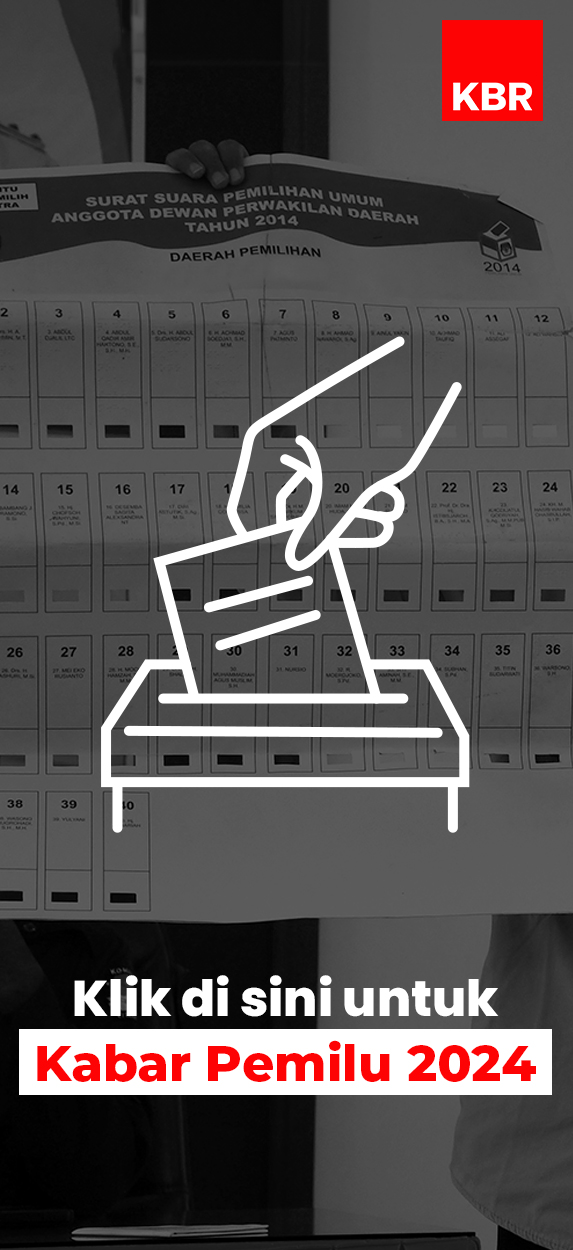Authorities in the Northern Indian state of Uttar Pradesh are compiling a list of people affected by the recent riots.
The government has withdrawn the army and lifted the curfew in the areas affected by the rioting.
The state has a long history of communal violence, but it has been relatively peaceful for the past few years.
At a refugee camp on the outskirts of New Delhi, 35-year-old Yasmeen is mourning the loss of her husband and father -in-law.
They were both killed in the communal riots in the northern state of Uttar Pradesh earlier this month.
She left behind three of her children and her parents... but managed to escape with her 3-year-old daughter.
“They sieged our village for three days, blocked all ways in and out and cut off the electricity. They did not let us recharge our mobile phones and then they attacked us at night. They were screaming ‘don’t leave any Muslims, kill them, set fire to their homes and take away their girls’. We left everything behind and ran away in the dark.”
In the Muzaffar Nagar district, the epicenter of the riots, 65-year-old Narender Singh is still struggling to cope with the loss of his son Virender.
“He was returning home with some neighbours in a tractor when a Muslim mob stopped them. They first shot them and then attacked them with knives, axes and stones killing my son and three others.”
The trigger for the recent riots was a local fight over the alleged harassment of a Hindu girl that led to the killing of a Muslim man.
The relatives of the deceased then killed 2 Hindu men responsible for his death.
A few days later a video showing two men being beaten to death by a mob surfaced on You Tube.
And many believe that the two men in the video were the Hindu men killed by Muslims.
Additional Director General of Police, Arun Kumar, says the video was in fact originally filmed in Pakistan and uploaded three years ago.
“We got it blocked immediately but then some people made CDs of it and those CDs were then circulated throughout the area, which escalated tensions and sparked more clashes.”
Local residents, like Tomar Singh, tried hard to make people understand that it was not genuine.
“We also told other people and posted messages on Facebook saying that the video did not belong to India at all. Many educated people got the message but in rural areas it’s difficult to stop these things and people easily believe such things and the damage had already been done.”
At least 50 people died during the riots, thousands were wounded and tens of thousands were displaced.
Seema Mustafa heads the fact-finding team in the areas hit by the riots.
“The neighbor attacked the neighbor so the mobs didn’t come from outside. It was the villagers who were incited and provoked to attack. And that has a very traumatic impact. And the idea of people who were organizing the violence this time was not to kill in large numbers but to displace, what we call ethnic cleansing. And once the Muslims ran, their houses were looted, plundered and burnt.”
Prakash Singh is former Director General of Police. He blames the inaction of local authorities after the initial incident.
“When the initial incident of eve teasing happened, followed by one set of killing and then another set of killing... If they had really arrested the culprits the situation would have been nipped in the bud.”
But analysts believe there’s a political conspiracy behind the riot.
An Indian court has ordered the arrest of 16 politicians and community leaders for inciting the violence by circulating the video.
Senior journalist Yoginder Yadav says, the only way to stop this is to exclude communal elements from politics.
“Unless we Indians make it absolutely clear that any politicians whose name once figures in any communal violence situation his or her political career is over, the only way for Indians to survive or for India to survive as a single country is to ensure that the political career of all such people is over.”
Communal Tension in India
Authorities in the Northern Indian state of Uttar Pradesh are compiling a list of people affected by the recent riots.

INDONESIA
Sabtu, 21 Sep 2013 16:41 WIB


India, communal riot, Uttar Pradesh, Bismillah Geelani
Kirim pesan ke kami
WhatsappRecent KBR Prime Podcast
Kabar Baru Jam 7
Strategi Perempuan Pengemudi Ojol Mengatasi Cuaca Ekstrem (Bag.4)
Arab Saudi Bangun Taman Hiburan Bertema Minyak di Tengah Laut
Menguji Gagasan Pangan Cawapres
Mahfud MD akan Mundur dari Menkopolhukam, Jokowi: Saya Sangat Hargai




